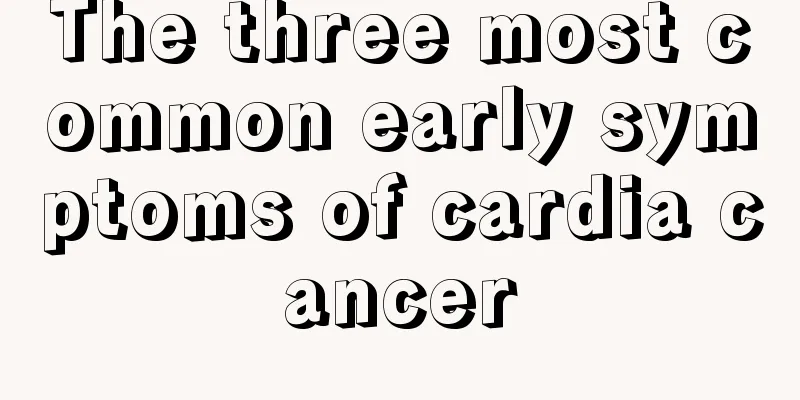Early self-diagnosis of glioma

|
Some people may not know much about glioma. In fact, it is a kind of malignant brain tumor. The incidence rate is increasing year by year. Therefore, we must do a good job of prevention. Once found, we should treat it immediately. What are the early self-diagnosis methods of glioma? The symptoms and clinical manifestations of malignant glioma (such as headache, vomiting, epilepsy, aphasia, paralysis) are not specific. In other words, it is impossible to judge whether the tumor is benign or malignant based on the patient's clinical manifestations. Therefore, the preoperative diagnosis of malignant glioma mainly relies on imaging examinations. Head CT: CT plain scan shows that the tumor density is uneven, generally low density, and high density if combined with hemorrhage or calcification. Peritumoral edema and space-occupying effect can be seen, and the lateral ventricle is compressed and reduced, and the midline is shifted. Malignant gliomas often have hemorrhage, necrosis, and cystic changes. The tumor boundary is unclear. Enhanced scanning shows irregular ring enhancement. Gliomatosis is mostly without enhancement or slight plaque-like enhancement. MRI of the head: MRI plain scans usually show mixed signal lesions, with equal or low signals in the T1 phase and uneven high signals in the T2 phase, often accompanied by hemorrhage, necrosis or cystic changes. Peritumoral edema and mass effect are obvious. The tumor often spreads along the white matter fiber bundles. Enhancement shows obvious nodular or irregular ring-shaped enhancement, while gliomatosis often has no enhancement or slight plaque-like enhancement. Medulloblastoma generally manifests as a mass in the cerebellar vermis, which is uniformly and obviously enhanced, and sometimes can be seen spreading along the cerebrospinal fluid. Magnetic resonance DWI imaging is valuable for distinguishing malignant gliomas from abscesses. DTI can reflect the invasion of gliomas on nerve conduction bundles, and BOLD-fMRI can determine the relationship between gliomas and functional areas of the cerebral cortex. MRS shows that the Cho peak of malignant gliomas is increased, the NAA peak is decreased, and Lip or Lac peaks appear. The ratios of NAA/Cr, NAA/Cho, and Cho/Cr can distinguish the benign and malignant degree of gliomas, and determine whether there is tumor cell infiltration around malignant gliomas. Nuclear medicine imaging (PET-CT): It helps to differentiate between malignant glioma and radiation necrosis based on the levels of glucose metabolism and amino acid metabolism in the tumor. Of course, the most accurate diagnosis is the postoperative pathological diagnosis. Therefore, for patients who are highly suspected of having malignant glioma, their family members usually take the attitude of believing it is possible and actively seek surgical treatment. |
<<: How should glioma be diagnosed
>>: How can glioma be diagnosed
Recommend
What should I do if my eyes are bloodshot after being hit
If your eyes become bloodshot due to some acciden...
What are the benefits of waxing frizzy hair?
Hair wax is a common hair care product. Using hai...
What is the cost of gallbladder cancer treatment
How much does it cost to treat gallbladder cancer...
Is it true that honey is sweet?
Honey is obtained by the evaporation of water fro...
Symptoms of high uric acid
In fact, I believe that everyone is relatively un...
Health tips for May?
May is when summer is about to begin. As we all k...
Causes of recurrent scarlet fever
The phenomenon of repeated fever in scarlet fever...
Can berry tea relieve pharyngitis?
The problem of pharyngitis has caused great troub...
How to eat medicinal papaya
Papaya is a fruit that contains a lot of vitamins...
What is the cause of anaerobic bad breath
I believe that many friends are suffering from ba...
Eating those foods can prevent prostate cancer
Prostate cancer is a male disease that seriously ...
Why do my feet hurt when I wake up?
Why do my feet hurt when I wake up? There are man...
What is the cause of bladder cancer?
Bladder cancer is a malignant tumor with a high i...
What fruits have anti-inflammatory effects
Tonsillitis is a common inflammation in life. The...
What are the things that can help you get rid of hangovers?
When it comes to alcohol, many people are familia...









